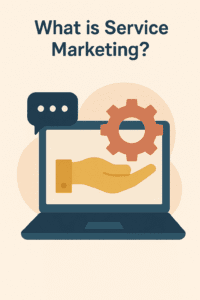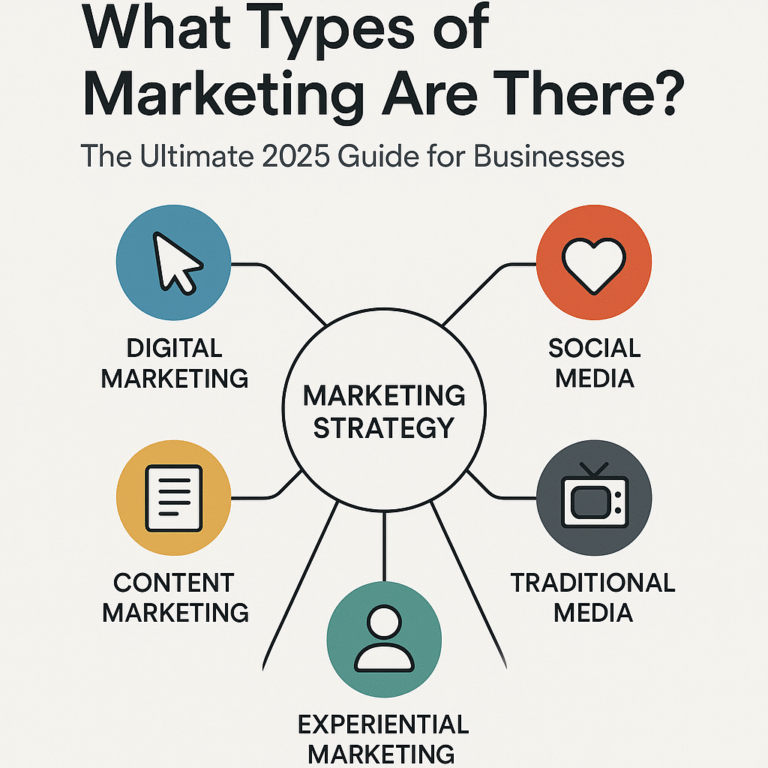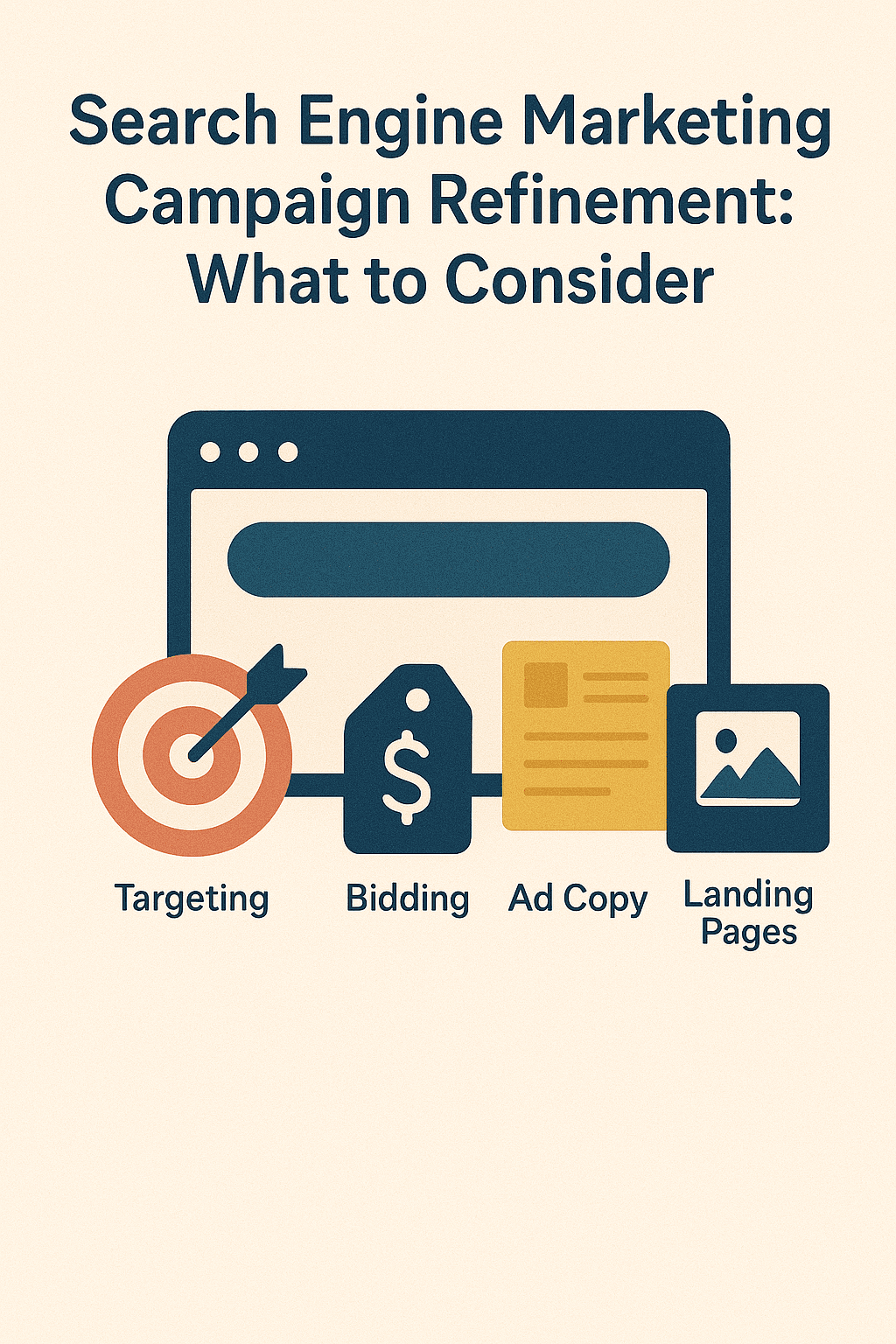What is Service Marketing? A Comprehensive Guide to Marketing the Intangible
In an economy increasingly dominated by the service sector, understanding the nuances of what is service marketing is more crucial than ever.1 Unlike the promotion of tangible goods, service marketing presents a unique set of challenges and opportunities.2 This comprehensive guide will delve into the core concepts, strategies, and frameworks that define this specialized field of marketing.
From your internet provider and the consultant you hire to the barista who makes your morning coffee, services are an integral part of our daily lives. Yet, marketing something a customer cannot see, touch, or hold requires a distinct approach.3 This article will explore the fundamental principles of service marketing, its key characteristics, and the strategic models that lead to success.
The Core Concepts of Service Marketing
At its heart, service marketing is the promotion of economic activities offered by a business to its clients.4 These offerings are intangible and do not result in the ownership of a physical object.5 As defined by marketing experts, a service is any act or performance that one party can offer to another that is essentially intangible. Its production may or may not be tied to a physical product.6
The primary goal of service marketing is to build trust, establish credibility, and communicate the value of an intangible offering. This often involves a greater focus on customer relationships and the overall customer experience than is typical in product marketing.7
Why Service Marketing Demands a Different Approach
The inherent differences between goods and services necessitate a tailored marketing strategy.8 While product marketers focus on features, packaging, and physical attributes, service marketers must find ways to make the intangible, tangible.9 This involves highlighting the benefits, the quality of the provider, and the consistency of the experience.10 The rise of the service economy has made these skills indispensable for a vast number of businesses, from healthcare and education to technology and hospitality.
Key Characteristics of Services
To grasp the essence of service marketing, one must first understand the four unique characteristics that distinguish services from goods. These are often referred to as the “four Is” of services.11
Intangibility
Services are intangible; they cannot be seen, tasted, felt, heard, or smelled before they are purchased.12 A patient undergoing a surgical procedure cannot see the final result beforehand, and a student enrolling in a university can only anticipate the quality of the education. This intangibility creates a level of uncertainty for the consumer.13 To counter this, marketers use tangible cues such as a well-designed office, professional attire, and compelling testimonials to build confidence.14
Inseparability
Services are typically produced and consumed simultaneously.15 The service provider is an integral part of the service itself. For example, the quality of a haircut is inseparable from the skill of the hairstylist providing it.16 This direct interaction between the provider and the customer makes the “people” element of the marketing mix critically important.17
Variability (or Heterogeneity)
Due to the significant human component, the quality of a service can vary from one provider to another, and even from the same provider at different times.18 The experience at a restaurant can be exceptional one day and mediocre the next due to a change in staff or even the mood of the chef. Service marketers strive to standardize processes and training to ensure a consistent level of quality.19 Leading educational institutions like Harvard Business School often publish research on service quality and consistency.
Perishability
Services cannot be stored for later sale or use.20 An empty hotel room or an unsold airline seat for a particular flight represents revenue that is lost forever. This perishability presents a significant challenge in managing supply and demand.21 Dynamic pricing, reservation systems, and efficient scheduling are common strategies used to mitigate the effects of perishability.22
The 7 Ps of Service Marketing: An Expanded Mix
The traditional 4 Ps of marketing (Product, Price, Place, Promotion) are insufficient to address the complexities of services. The service marketing mix is an expanded framework that includes three additional elements: People, Process, and Physical Evidence.23
1. Product
In the context of services, the “product” is the core service being offered and the range of ancillary services that accompany it. It’s the intangible experience and the bundle of benefits the customer receives. Defining the service product involves detailing what the customer will experience and what outcomes they can expect.
2. Price
Pricing a service can be more complex than pricing a product.24 It often involves considerations beyond material and production costs. Factors include the time and expertise of the provider, the perceived value of the service, and competitor pricing. Pricing strategies can also be used to manage demand, such as offering off-peak discounts.25
3. Place
Place refers to where and how the service is delivered to the customer.26 This could be a physical location, such as a doctor’s office or a retail store, or it could be a virtual environment, like a website or a mobile app. Accessibility and convenience are key considerations for the “place” element.27
4. Promotion
Promotion in service marketing involves communicating the value and benefits of the service to the target audience. This includes advertising, public relations, social media marketing, and content marketing. Since potential customers cannot see the service, promotional activities often rely on testimonials, case studies, and other forms of social proof to build trust.28
5. People
The “people” element refers to everyone who is directly or indirectly involved in the service delivery process, from frontline employees to management.29 The skills, attitude, and appearance of these individuals can significantly impact the customer’s perception of service quality. As such, rigorous training and a strong service culture are vital.
6. Process
Process encompasses the procedures, mechanisms, and flow of activities by which the service is delivered. A well-designed service process ensures a consistent and efficient experience for the customer.30 From the initial inquiry to the final follow-up, every step in the customer journey should be carefully managed. Organizations like the U.S. Small Business Administration (SBA) offer resources for small businesses to streamline their operational processes.
7. Physical Evidence
Physical evidence refers to the environment in which the service is delivered and any tangible components that facilitate the performance or communication of the service.3132 This includes the a company’s website, business cards, physical facilities, and even the uniforms worn by employees. These tangible cues help to create a strong brand image and reassure the customer about the quality of the service.33
The Service Marketing Triangle: Aligning for Success
The service marketing triangle is a strategic model that illustrates the three key relationships that must be managed for a service organization to succeed.34 It highlights that marketing is not just the responsibility of the marketing department but is a company-wide effort.
The three points of the triangle are:
- The Company (or Management)
- The Employees (or Providers)
- The Customers
The three types of marketing that connect these points are:
- External Marketing (Company to Customers): This is the traditional form of marketing where the company makes promises to its customers through advertising, branding, and other promotional activities.
- Internal Marketing (Company to Employees): This involves the company training, motivating, and empowering its employees to deliver on the promises made to customers.35 A well-executed internal marketing strategy ensures that employees have the skills and the desire to provide excellent service.36
- Interactive Marketing (Employees to Customers): This refers to the “moment of truth” when the service is delivered, and the employee interacts with the customer. It is at this point that the promises made through external marketing are either kept or broken.
A successful service organization excels at all three types of marketing, ensuring that there is alignment between what is promised, what is delivered, and the people delivering it.
Examples of Service Marketing in Action
Service marketing is prevalent across numerous industries.37 Here are a few examples:
- Financial Services: Banks, insurance companies, and investment firms market trust, security, and the promise of financial well-being. They use physical evidence such as impressive branch offices and professional websites, and their “people” (financial advisors) are key to building long-term customer relationships.
- Hospitality Industry: Hotels, airlines, and restaurants market experiences.38 They focus on creating a welcoming atmosphere, providing excellent customer service, and ensuring a seamless and enjoyable process from booking to departure. Websites like TripAdvisor are a testament to the power of customer reviews in this sector.
- Healthcare: Hospitals and clinics market expertise, care, and positive health outcomes. They build trust through accreditations, patient testimonials, and by showcasing their state-of-the-art facilities (physical evidence). The quality of interaction with doctors, nurses, and staff (people) is paramount. The Centers for Disease Control and Prevention (CDC) provides a wealth of information that healthcare providers can use to establish their authority.
- Professional Services: Consulting firms, law firms, and marketing agencies sell their expertise and the promise of delivering specific results. Their marketing heavily relies on case studies, white papers, and the credentials of their team to demonstrate their value.
The Future of Service Marketing
The field of service marketing is continually evolving, driven by technological advancements and changing consumer expectations.39 The rise of the digital economy has opened up new channels for service delivery and customer interaction.40 Artificial intelligence, data analytics, and personalization are becoming increasingly important tools for service marketers to understand customer needs and deliver tailored experiences.41
Conclusion: The Art and Science of Marketing the Unseen
What is service marketing? It is a dynamic and multifaceted discipline that addresses the unique challenges of promoting and delivering intangible products. By understanding the core characteristics of services—intangibility, inseparability, variability, and perishability—and by strategically managing the expanded marketing mix of the 7 Ps, businesses can effectively communicate their value and build lasting customer relationships.42
The Service Marketing Triangle reminds us that successful service delivery is a collaborative effort between the company, its employees, and its customers.43 In an increasingly service-oriented world, mastering the principles of service marketing is not just an advantage; it is a necessity for sustainable growth and success.44
📈 Expand Your Financial Knowledge
🚫 Forex Mistakes: Avoiding Losses
Understand how inexperience in Forex trading leads to heavy financial setbacks.
💹 How to Invest in the Share Market
Step-by-step guide to becoming a confident investor in the stock market.
🕌 Is Share Market Halal?
Explore Islamic perspectives on investing in shares and ethical finance.
🎯 What is a Niche Market?
Learn how targeting niche audiences can lead to sharper business growth.




